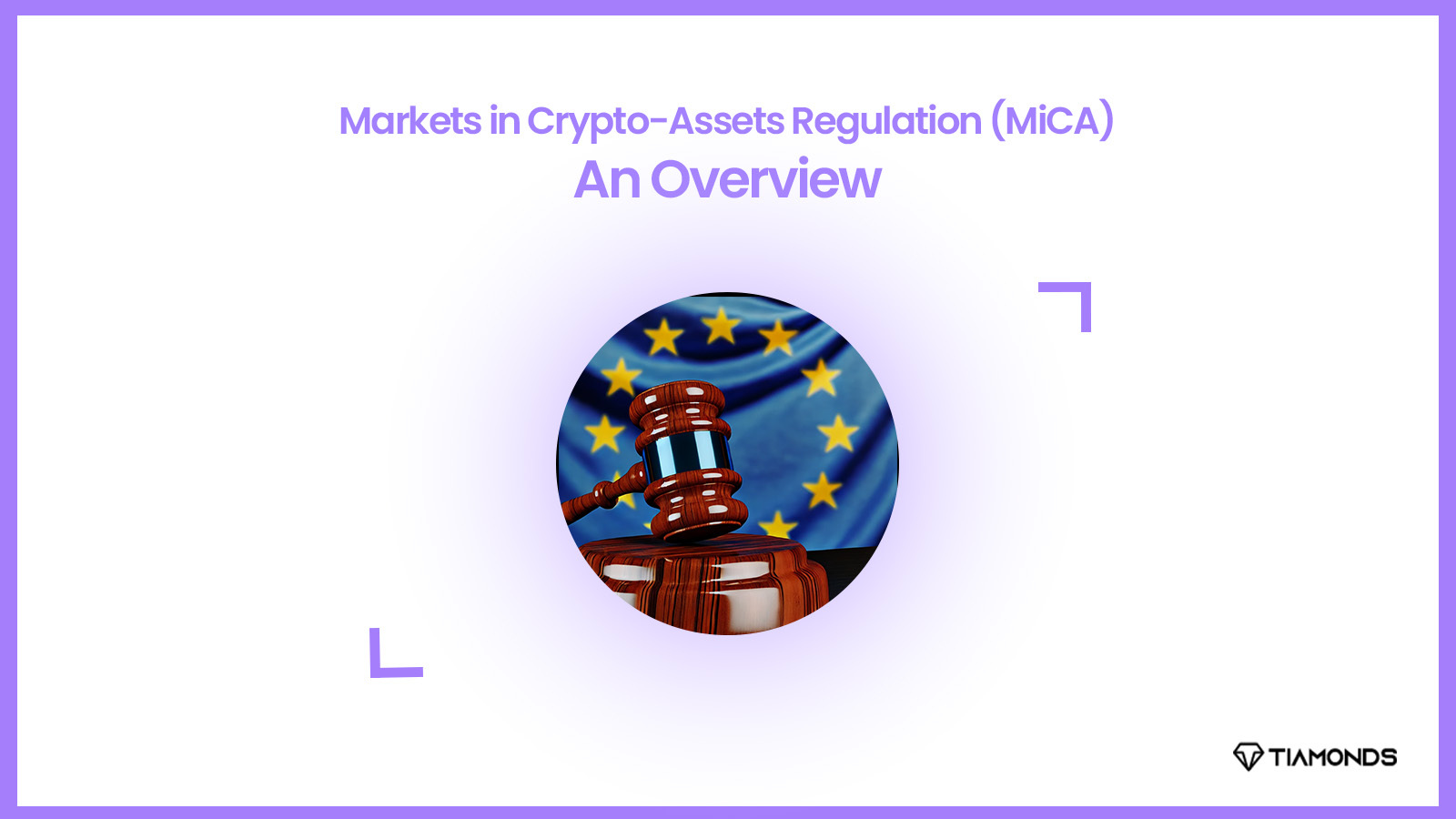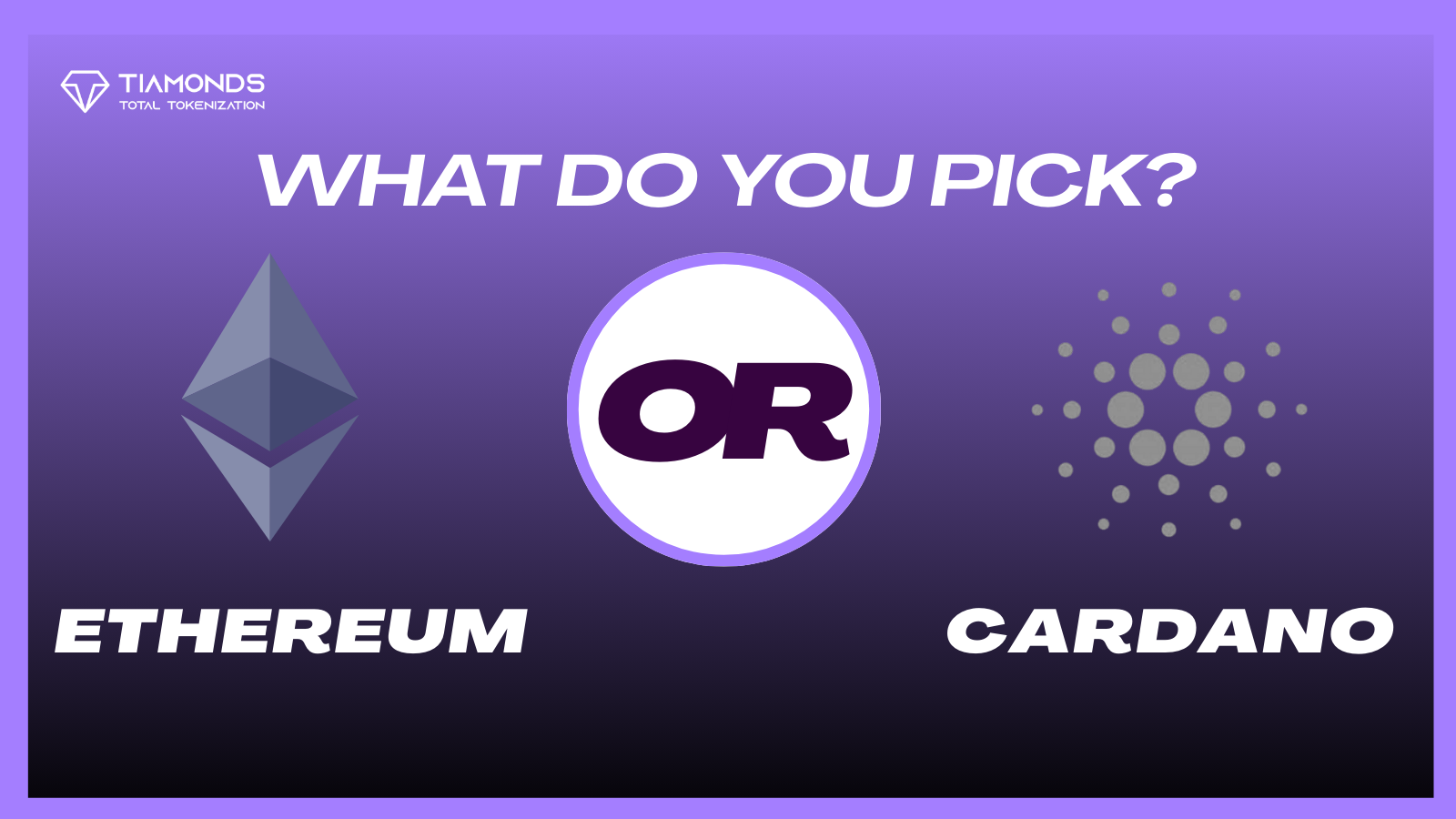The EU’s Markets in Crypto-Assets Act (MiCA), a landmark regulatory framework, is now a reality. The Economic and Financial Affairs Council of the EU adopted the Act on May 16, 2023, after receiving definitive approval from the European Parliament on April 20, 2023. This marks the successful completion of the legislative process. We can expect to see it go live 20 days after its publication in the Official Journal of the European Union.
MiCA creates a distinctive regulatory environment in the EU for crypto businesses. It provides industry participants with a more transparent understanding of the overarching regulations. MiCA aims to ensure security, uniformity, and transparency within the realm of digital assets.
Table of Contents:
ToggleWhat is Markets in Crypto-Assets (MiCA)?
The European Commission (EC) established the Markets in Crypto-Assets (MiCA) regulation, a groundbreaking framework that prioritizes financial stability. The regulation also aims to protect investors and promote a comprehensive transformation of the crypto asset sector in European Union (EU) countries.
MiCA’s primary objectives are as follows:
To replace the distinct regulations present in multiple EU nations with a single, comprehensive framework that unifies them
To establish more explicit regulations for token issuers and crypto-asset service providers
It aims to improve transparency in the regulation of crypto assets, which are not yet subject to financial regulations.
The History of Crypto-Asset Markets (MiCA)
On October 10, 2022, the Economic and Monetary Affairs Committee of the EC overwhelmingly approved the first-ever blockchain-related asset regulation (28 to 1). This decision paves the way for a vote by the full European Parliament before the end of 2022. The national administrations of the bloc had approved MiCA.
Despite disseminating three consultation packages for public feedback, the regulation became law in June 2023. Title III and Title IV will be applicable (can be enforced) by June 30, 2024, with five additional Titles (I, II, V, VI, VII) becoming applicable in December 2024.
Titles VIII and IX pertain to delegated acts and transitional and final provisions, which necessitate no public feedback or Member State adjustment periods.
The law permits providers of digital wallets and other crypto services to market and sell across the EU bloc provided that they register with national authorities. In order to protect investors and maintain financial stability, they must also meet minimum guarantees.
Titles in Crypto-Asset Markets
MiCA has seven titles that cover jurisdiction responsibilities, mandatory standards for providers, authorization, and crypto-asset regulation. The regulation specifies three categories of crypto-assets: asset-referenced tokens, e-money tokens, and crypto-assets that are distinct from the aforementioned two.
Title VIII and IX address the Commission’s obligation to provide an analysis to the European Parliament and the Council regarding the impact of the legislation and any developments, as well as its powers of adoption. A final report is due by June 30, 2027, and an interim report is due by June 30, 2025.
Title I: Markets in Crypto-Assets
The public offering and trading platform prerequisites for publicly offered crypto-assets and organizations involved in them are defined in Title I, Article 1. Article 2 specifies the individuals to whom the regulation applies, while Article 3 provides definitions for all terms utilized in the legislation, including distributed ledger technology, utility token, voting mechanism, crypto-asset service, and numerous others.
Title II: Markets in Crypto-Assets
Title II outlines the individuals authorized to generate and distribute crypto-assets to the general public. An entity intending to issue a crypto-asset that does not satisfy the definition of an asset-referenced token or e-money token must meet specific criteria. An entity is required to:
Comply with the legal definition of a person
Have composed and disseminated a whitepaper on cryptoassets
Have authored and disseminated marketing communications
Please notify the appropriate authorities in their member state and transmit the whitepaper (if necessary) and marketing communications (if requested).
Adhere to the requirements of other offerers
If a crypto-asset is provided for free, these criteria do not apply to tokens that are awarded for labor completed on a blockchain. A token that is intended to be used as a payment method or a utility token is not classified as a crypto-asset.
These articles are essential to the title, as they delineate the necessary components of whitepapers and marketing communications for an entity to endeavor to list a crypto-asset on a trading platform.
Title III: Markets in Crypto-Assets
According to the EU’s definition, asset-referenced tokens are tokens that attempt to stabilize their value by leveraging the purchasing power of another asset or right. This is defined in Title III. This encompasses all crypto-assets that are either supported by or tied to other assets, such as officially backed currencies like the euro or the dollar. People commonly refer to this as a stablecoin.
A credit institution that meets the definition of a legal person must issue asset-referenced tokens and must follow certain issuance requirements.
Title IV: Markets in Crypto-Assets
Title IV specifies who is qualified to issue e-money tokens. In the context of crypto-assets, e-money tokens are “electronic money,” designating official currencies. Authorized credit or electronic money institutions are required to serve as issuers. This title also addresses the issuance and redemption of e-money, as well as the process of composing a whitepaper. It also establishes the liabilities that money issuers assume when they provide an e-money instrument to the public.
Title V: Markets in Crypto-Assets
Title V outlines the individuals and locations permitted to offer crypto-asset services, based on their location within the Union. The law grants permission to the following entities to provide services:
- Financial institutions that provide credit
- Central securities depositories
- Investment companies
- Operators of the market
- Institutions that operate with electronic money
- Undertakings for Collective Investment in Transferrable Securities (UCITS) management companies
- Authorized managers oversee alternative investment funds.
If a service provider doesn’t meet the legal person definition, they can still provide services as long as they operate under a legal form that provides the same level of protection. Additionally, businesses must comply with numerous regulations and ensure their operations receive authorization and licensing in their respective Member States.
In addition, service providers are permitted to offer cross-border services under this Title provided that they have notified the appropriate authorities in their Member State. It also delineates the security, governance, and operational requirements, as well as the obligations to clients.
Title VI: Markets in Crypto-Assets
Title VI is one of the legislation’s brief titles. It discusses market abuse concerns and the extent of the transgressions that the title encompasses. Additional conventional investment regulations, including market manipulation, insider trading, and public disclosure of inside information, are also defined.
Title VII: Markets in Crypto-Assets
This title establishes a collaborative framework between jurisdictions and provides instructions for authorities. Member States must appoint competent authorities, and they must report to the European Banking Authority (EBA) and the European Securities and Markets Authority (ESMA).
In this section, the EU established minimum powers that all entities within the union should possess, in addition to any powers that Member States grant their regulators.
Exclusions from the MiCA
MiCA’s classification of a number of blockchain-related assets as non-crypto-assets, at least according to the definitions established by this legislation, is one of its more intriguing features. For instance, Markets in Crypto-Assets (MiCA) explicitly specifies the following assets as excluded:
- Financial instruments that encompass crypto assets
- Deposits or structured deposits that meet the criteria
- Assets that qualify as funds
- Positions that qualify as securitization
- Cryptoassets that qualify as life insurance policies or non-life insurance policies
- Social security programs and pension products
- The tokens are non-fungible and do not undergo fractionalization.
- Transactions between specific public entities and organizations
- Central Bank Digital Assets
- Digital assets that are not transferable
- Financial instruments that are subject to other directives
Understanding the Crypto Regulations In Europe
Expected to have global implications, compliance challenges, and legal certainty, the European Union stands poised to become the world’s first significant jurisdiction to implement a comprehensive, customized crypto law. The European Union plans to implement the Markets in Crypto Assets regulation, MiCA, in 2024, making it the first significant jurisdiction globally to establish comprehensive, customized regulations for the sector.
27 countries, collectively accounting for nearly one-fifth of the global economy, will implement new crypto measures designed to increase investment in the region and provide legal certainty for businesses.
The MiCA is effective as of December 30, 2024, with stablecoin provisions effecting in June, six months prior. We intend this hiatus to give industry and regulators ample time to prepare. However, MiCA will not serve as the definitive decision.
Other EU laws, which address a variety of issues such as money trafficking, tax avoidance, bank capital, cybersecurity, and distributed ledger technology-based securities trading, also impact the crypto sector. Future legislation may also make use of the regulatory categories established by MiCA as a benchmark.
The European Central Bank’s Chief Christine Lagarde has already called for an expansion to address crypto lending and staking, and the commission will report on whether additional laws are required to accommodate NFTs and decentralized finance by mid-2025.
Some argue that the recent market turmoil demonstrates the need for more stringent regulations. In favor of a more closely modeled approach to conventional securities, they have called for the complete abandonment of MiCA’s tailored approach.
What is the crypto-asset market?
A crypto-asset is a digital asset that is founded on blockchain technology and satisfies the definitions of the European Union (EU). This market excludes non-fungible tokens, deposits, and other financial items that meet specific criteria.
What are the various types of crypto-assets?
E-money tokens, asset-referenced tokens, and crypto-assets other than mentioned are all included in the EU’s definition of crypto-assets.
MiCA Regulation Scope:
- Targets crypto-assets (stablecoins, other tokens) and related service providers (exchanges, custodians).
- Sets standards for transparency (whitepapers) and consumer protection (AML compliance).
Benefits of MiCA:
- Creates a clear and unified EU crypto market.
- Enhances consumer protection by regulating service providers.
- Potentially boosts innovation in the responsible development of the crypto industry.
In Conclusion
Markets in Crypto-Assets (MiCA) is a significant milestone in the cryptocurrency market, as it is the first comprehensive regulation of the still-emerging technology. The framework outlines the assets under its jurisdiction, the individuals authorized to provide related products and services, and the individuals with the authority to regulate and enforce the legislation. By December 31, 2024, MiCA will be entirely aplicable.




